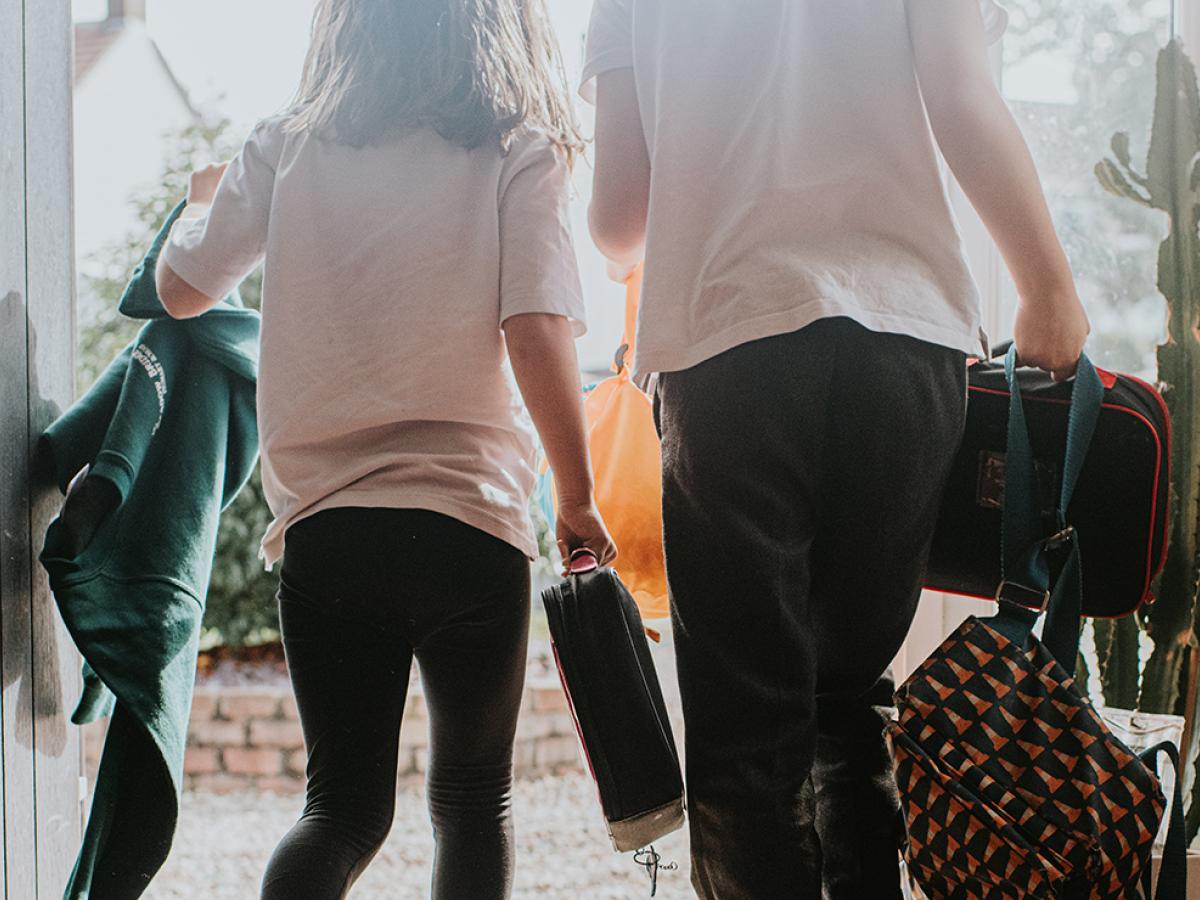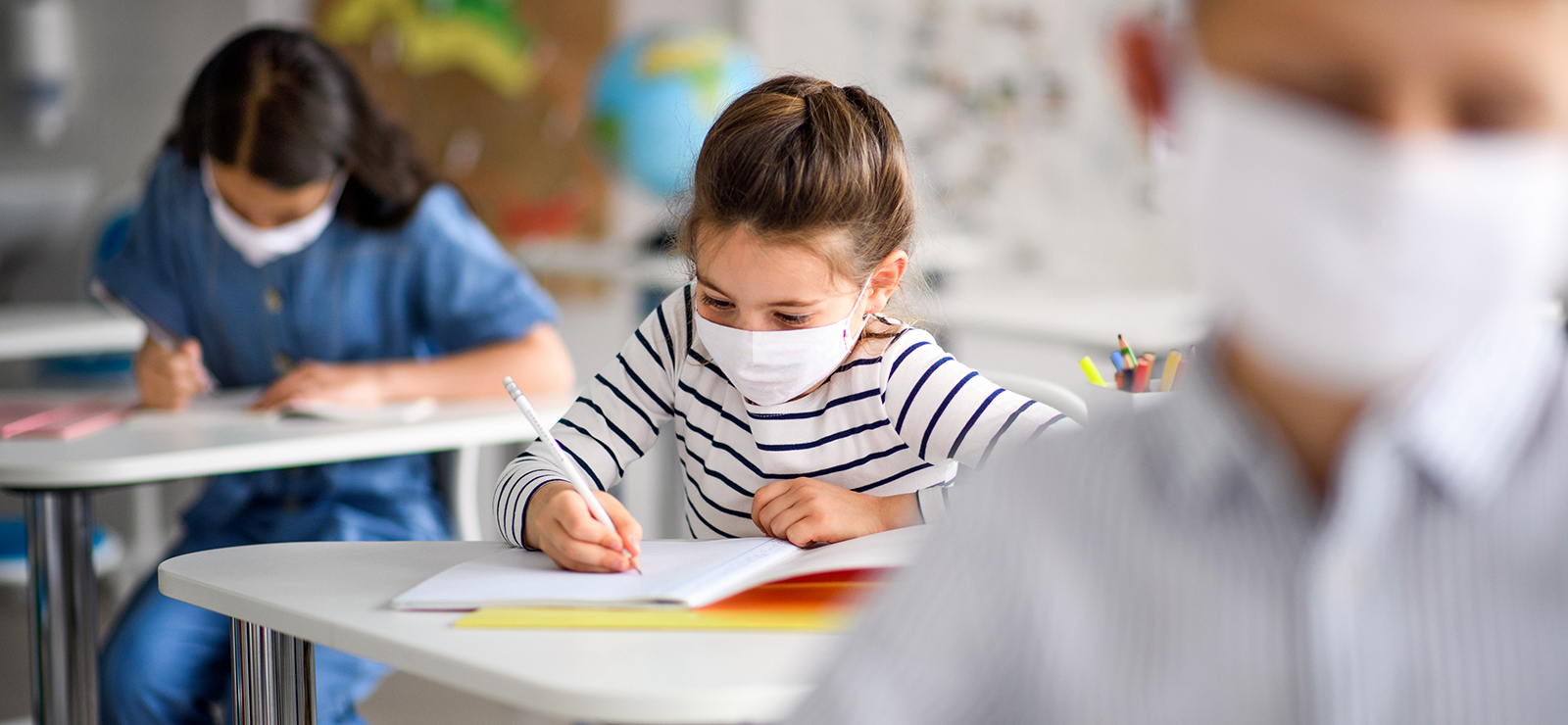By: Kathryn Mohr, MD
September 03, 2021

Getting children out of their summer routine and back into a school schedule can be a daunting task. And although a little anxiety is to be expected, Dr. Kathryn Mohr, internal medicine and pediatric physician at MU Health Care, breaks down which symptoms could be a sign your child’s anxiety is getting the best of them.

Children show signs of anxiety in different ways
Young children may show regressive behaviors, such as bed-wetting, excessive clinginess or using baby talk. Aggression can also be a sign of anxiety. When children are upset and they don’t know how to handle their feelings, their fight-or-flight response can kick in. A child may "fight" by acting out — hitting another child or teacher, throwing things or pushing over a chair. Or, in the case of "flight," a child might withdraw from everyday activities.
Teenagers and older children might start to have frequent fears and worries about routine parts of everyday life. For example, they may use their phone to check in with parents several times throughout the day. They might be sensitive to criticism, withdraw from social activities or avoid difficult or new situations if they are struggling with anxiety.
Physical symptoms such as headaches, nausea and poor appetite can also be signs for young children and teens alike. If your child is visiting the school nurse and has no apparent illness or injury, it might be time to talk to your child about how they’re feeling.
According to Dr. Mohr, anxiety becomes an issue when it impacts everyday activities. Anxiety can make it difficult for children to interact with others or make friends, cause poor sleep and make it hard for them to concentrate — all things that can affect a child’s ability to learn and thrive.
Ways to calm anxiety
Although it can be difficult to see your child struggle, Dr. Mohr has a few tips you can use to help them work through their anxiety.
Name it to tame it
Have your child name the emotion they're experiencing. Putting labels on emotions helps children (and adults, for that matter) process them. In fact, it's a common technique used to avoid "emotional hijacking," otherwise known as when our fight-or-flight response kicks in unnecessarily. Labeling emotions can also help normalize that everyone experiences those same emotions, even parents.
Prepare and plan for the worst
Help your child think through anxiety provoking situations and have plans in place to calm their fears. Talk through what would happen if your child needs to quarantine or switch to remote learning. Try not to leave gaps that would allow their imagination to fill in. Talking through anxiety provoking situations is also a great way to ensure your child doesn't avoid the issue. Avoiding distress is only a temporary relief and can allow anxiety to worsen.
While planning for the worst can help build your child's confidence to take on a situation, it doesn't necessarily mean it won't still be hard. Work with your child to find a go-to relaxation technique that works for them such as deep breathing, yoga or meditation.
Create control within the situation
Giving your child some control over their routine, or the issue causing them stress can help alleviate how out-of-control the situation feels. If they are required to wear a mask, let them choose which mask they want to wear, or if they're old enough, help them make their own. If remote learning is needed, let your children help decide what their home workspace looks like.
The most important thing for parents to remember is that anxiety is a normal feeling we all experience. The goal is not to eliminate anxiety, but rather to help children find healthy ways to manage it so it doesn’t get in the way of learning or enjoying everyday life.
Next Steps and Useful Resources
- Want to discuss your child’s symptoms with a doctor? Find one today.


